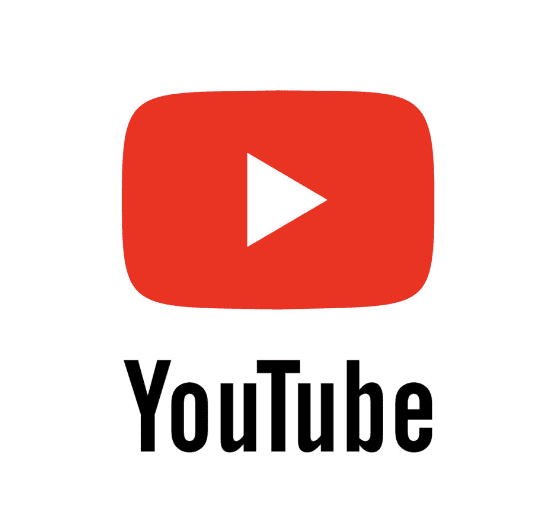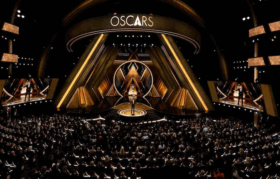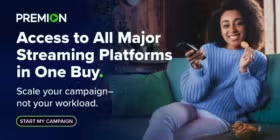
 YouTube is becoming increasing indispensable to consumers. In a recent Hub study, YouTube Premium was ranked as a must-have source by 75 per cent of users, a fraction of a percent behind Spotify – and the rest of the top 5 included YouTube, YouTube TV, and YouTube Music. Jon Giegengack, principal at Hub Entertainment Research, explains the appeal of the platform, and its impact on TV.
YouTube is becoming increasing indispensable to consumers. In a recent Hub study, YouTube Premium was ranked as a must-have source by 75 per cent of users, a fraction of a percent behind Spotify – and the rest of the top 5 included YouTube, YouTube TV, and YouTube Music. Jon Giegengack, principal at Hub Entertainment Research, explains the appeal of the platform, and its impact on TV.
What’s the appeal of YouTube?
YouTube has lots of differentiators, especially for young people.
- It’s free.
- There are ads, but the ad experience is better than many other platforms: e.g., tolerable ad loads, spots are more likely to be relevant to the person watching, for some ads, there’s the option to skip if you don’t want to watch them.
- YouTube has far more use cases than “regular” TV shows: there are short form or long form videos. You can use YouTube as a tutorial center or a music player. Plus, the same app has things to watch on a TV screen and on mobile.
The content may be technically “non-premium.” But that distinction means less to Gen Z viewers, and there’s no other platform that offers more utility in one place.
How will YouTube impact the businesses of broadcast and streaming?
It’s already happening. In July, YouTube became the first streaming platform to crack 10% of total viewing in Nielsen’s Gauge (that’s the same share as Netflix and Disney+, combined.) The more time viewers spend on YouTube, the less they have available to watch other TV platforms. And the more reason advertisers have to allocate their ad budgets to YouTube instead of those other companies.
How might broadcast and other streamers benefit from YouTube?
In the short term, those companies can leverage social video to drive discovery of their own shows. For instance, NBC and TikTok have credited the resurgence of “Suits” to scenes posted on TikTok. In the long term, YouTube provides a blueprint of how to make entertainment relevant to the next generation of consumers: higher volume and shorter production times; creating and leveraging communities (not just content); and leveraging the interests of users across categories (like short-form, gaming, music, or podcasts) instead of being limited to long form video.
Jon Giegengack is the founder and principal at Hub Entertainment Research. For more insight, subscribe to Hub Intel at https://hubintel.substack.com/







